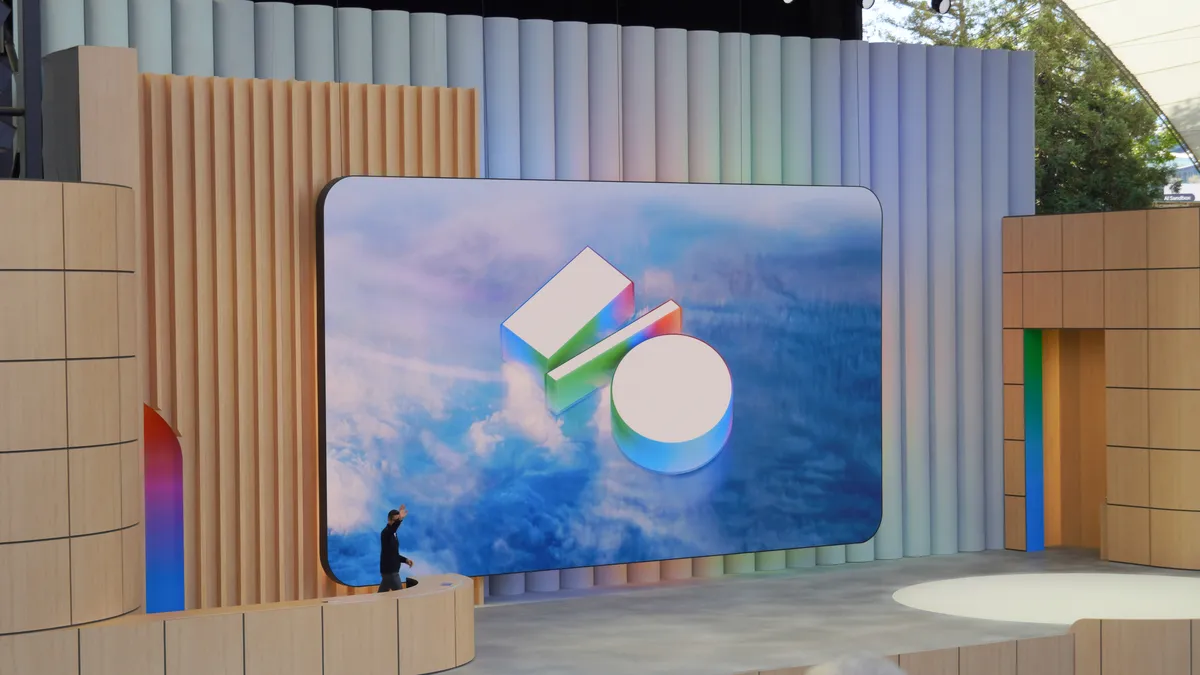
The recent Google I/O event has concluded, and this year's gathering felt markedly different from previous years. As anticipated, AI took center stage during the conference, and while Google showcased a range of intriguing innovations, it was the announcement of the new Google AI Ultra plan that truly caught my attention.
The Google AI Ultra plan, which joins the newly renamed AI Pro subscription, comes with a hefty price tag of $249 per month. This isn't a typographical error; this cost reflects the target audience of Google I/O, which, quite frankly, isn’t geared toward average consumers like myself. So, what exactly does this premium subscription offer?
In essence, the Google AI Ultra plan provides access to an extensive suite of tools and features. Subscribers receive everything announced at I/O, including the advanced Gemini 2.5 model, the Flow with Veo 3 software, and early access to groundbreaking features such as Project Mariner. Additionally, users gain a generous 30TB of Google One storage and a subscription to YouTube Premium. It’s essentially Google’s all-encompassing AI package—a “everything but the kitchen sink” solution.
Such subscriptions cater to professionals who can truly leverage powerful tools like Veo 3 and Project Mariner, and can afford a bill that rivals my entire family’s phone plan. When questioned about the steep price compared to the more accessible $20 per month AI Pro plan, Google representatives explained that the Google AI Ultra plan is designed as “VIP access to all of Google's AI.” For the average consumer, however, this price feels prohibitive, and I find it hard to justify even the AI Pro subscription.
Throughout the keynote presentation, I sensed a prevailing disconnect between the offerings and the average consumer's interests. Many of my colleagues have expressed their disappointment over the years, noting that Google I/O has shifted toward a more developer-centric focus. Senior editor Jerry Hildenbrand from Android Central aptly highlighted that “Apple and Microsoft would not be where they are today without third parties building reasons to use them.” Developer conferences exist to foster innovation, even if it means hours of complex presentations that may seem tedious to the general audience.
While not all was lost during the keynote, certain segments piqued my interest. For instance, the demonstration of Project Astra garnered a fair amount of applause, showcasing a genuinely useful product alongside Gemini Live. The live demonstration of the prototype Android XR glasses was also captivating, even if the execution faced some hiccups. However, with the plethora of AI products unveiled at I/O, the presentation felt overwhelming for those not deeply immersed in tech or development.
As I sifted through the 100 announcements made during the event, it was clear that the consumer-facing features were minimally highlighted, crammed into the first 20 items, while the remaining content was largely developer-focused, consisting of previews and technical jargon. Although we were introduced to Samsung’s Project Moohan and the XR glasses, their availability remains uncertain, leaving many to question their relevance. Most concerning was the relegation of crucial updates related to Android, Wear OS, and other consumer software to a pre-recorded video released a week prior to I/O, making it feel like an afterthought.
Ultimately, the focus of this year's I/O was clear: Google is prioritizing ventures that promise substantial revenue, namely AI and Search. While this shift may be beneficial for the company, it leaves those of us seeking user-friendly advancements feeling somewhat overlooked. Nevertheless, I remain optimistic about future releases, such as Android 16 and the upcoming Pixel 10 series, which are more aligned with the interests of everyday consumers.
As for the Google AI Ultra plan, I think I'll pass on shelling out $250 a month for a subscription—regardless of the benefits. It’s clear that the future of Google lies in its advanced AI capabilities, but for now, I’m content to wait for more accessible options to emerge.